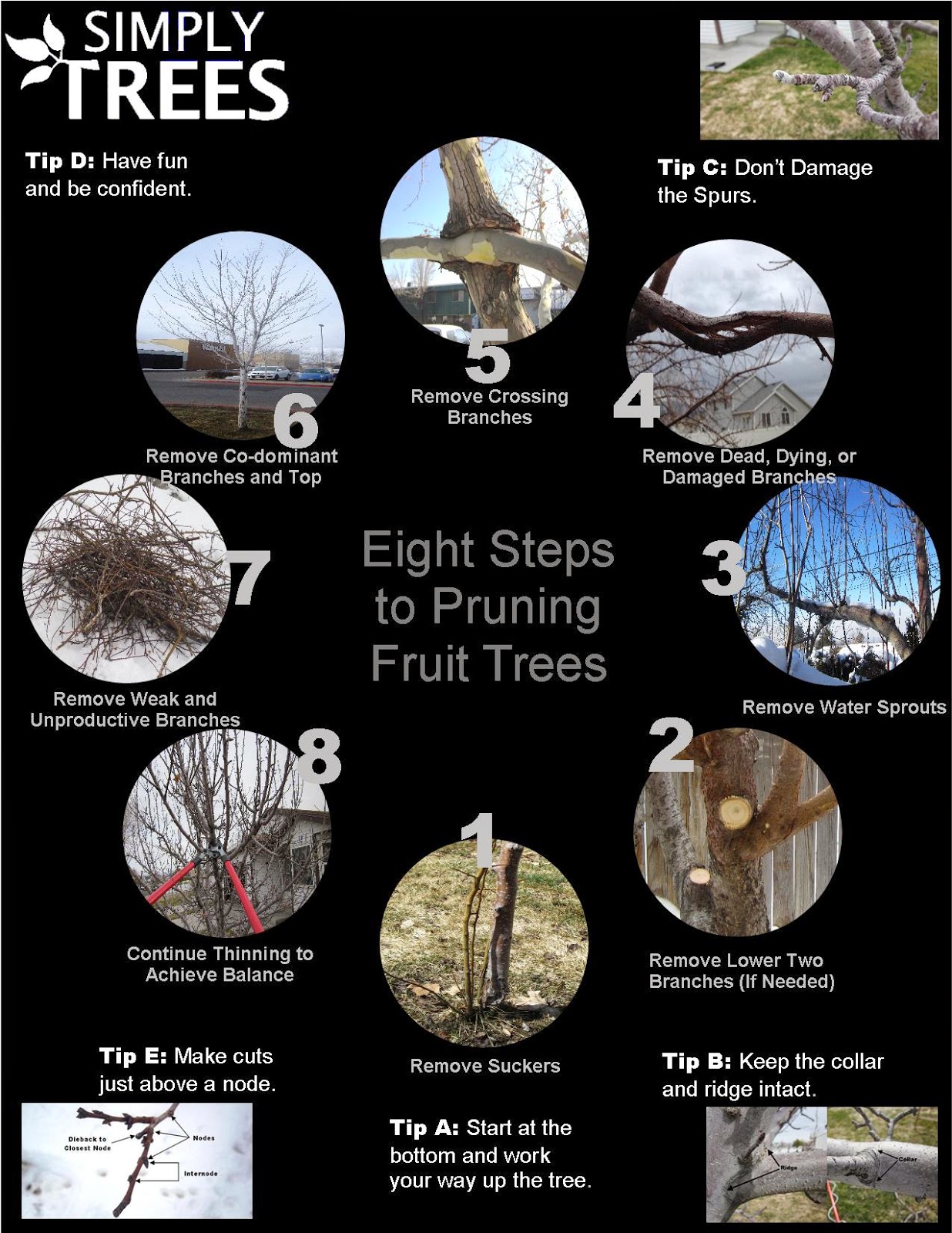Seasonal Tree Pruning: The Ideal Timing And Methods For Making The Most Of Growth
Seasonal Tree Pruning: The Ideal Timing And Methods For Making The Most Of Growth
Blog Article
Short Article By-Bland Huynh
When it pertains to seasonal tree cutting, timing and technique are crucial for your trees' health and wellness and growth. You might be stunned at just how much a basic cut can motivate brand-new life. Knowing when to trim inactive trees versus blooming ones can make all the difference. However it's not almost when; it's additionally concerning exactly how you do it. Let's explore the most effective techniques to guarantee your trees grow.
Comprehending the Best Seasons for Tree Trimming
When's the best time to trim your trees? The response hinges on comprehending the seasons. Late winter season to early springtime is often suitable, as trees are still inactive. This timing reduces stress and promotes much healthier development when they awaken.
However, if you're handling blooming trees, consider cutting right after their blooms fade. This ensures you will not cut off next year's blossoms.
In summertime, light trimming can help keep form and get rid of any kind of dead or infected branches. Prevent How To Remove Bark From A Tree during fall, as trees are planning for dormancy and might struggle to recover.
Eventually, knowing your tree types and neighborhood climate will lead your trimming routine. Pick sensibly, and your trees will certainly grow perfectly year-round.
Necessary Pruning Strategies for Healthy And Balanced Trees
Pruning your trees successfully is vital for their wellness and long life. Start by using clean, sharp devices to make exact cuts, which helps stop damages and condition.
Focus on getting rid of dead, damaged, or going across branches first; this encourages far better air flow and sunlight infiltration. When reducing, aim for an angle that advertises healing and decreases the risk of rot. Constantly prune just outside the branch collar, the inflamed location where the branch meets the trunk, to improve recovery.
For young trees, form them by selectively pruning to create a strong structure. Lastly, prevent over-pruning; eliminating excessive vegetation can worry your tree.
Common Mistakes to Avoid When Pruning
Numerous property owners make essential blunders while pruning their trees, which can cause lasting damage.
One usual error is over-pruning, where you remove way too many branches simultaneously. This can worry the tree and impede its development.
Another blunder is using dull devices; sharp, clean devices make cleaner cuts that recover faster.
Don't neglect to prune at the incorrect time of year; wintertime is usually best for several types, while summertime is optimal for others.
Likewise, prevent cutting moved here near the trunk or leaving stubs, as both can invite parasites and conditions.
Lastly, stopping working to step back and evaluate the tree's general form can result in uneven development.
Keep these blunders in mind for healthier, thriving trees!
Verdict
Finally, seasonal tree trimming is essential for your trees' health and wellness and growth. By pruning at the correct times-- late winter for dormant trees and right after flowers for blooming selections-- you'll motivate vibrant foliage and blooms. Keep in mind to utilize tidy, sharp tools and follow appropriate techniques to avoid damages. Prevent hefty pruning in the loss and remain free from common blunders. With these ideas in mind, you'll maintain your trees thriving all the time!
